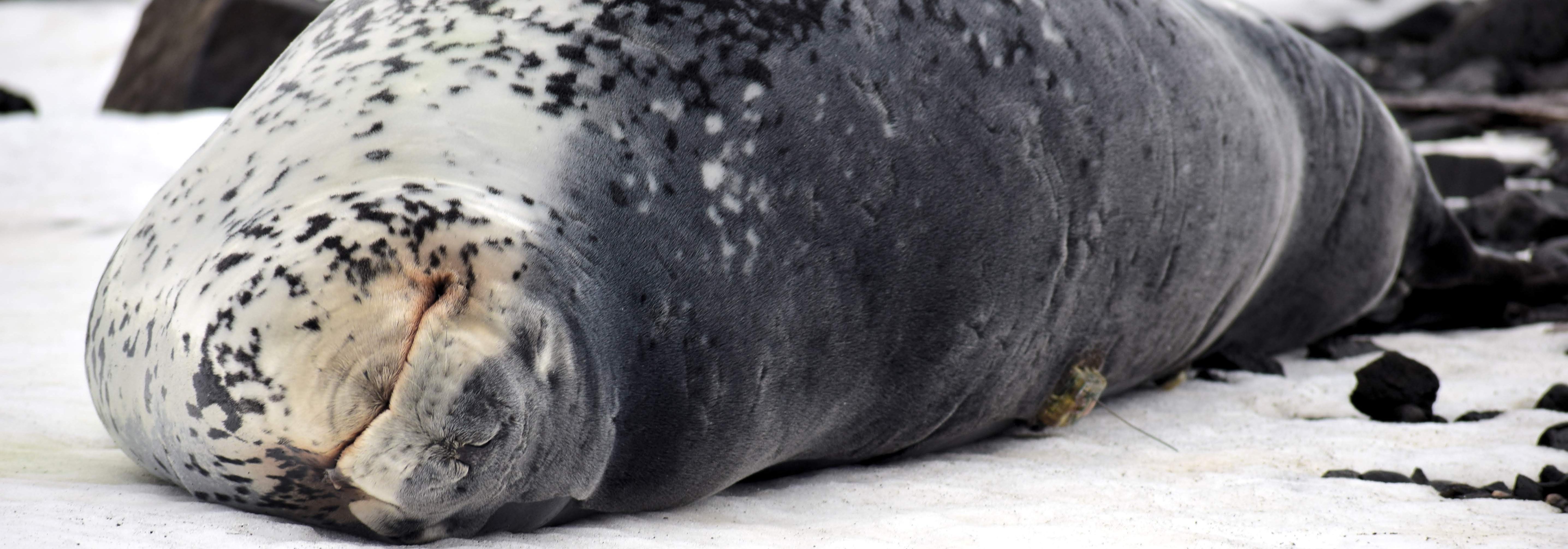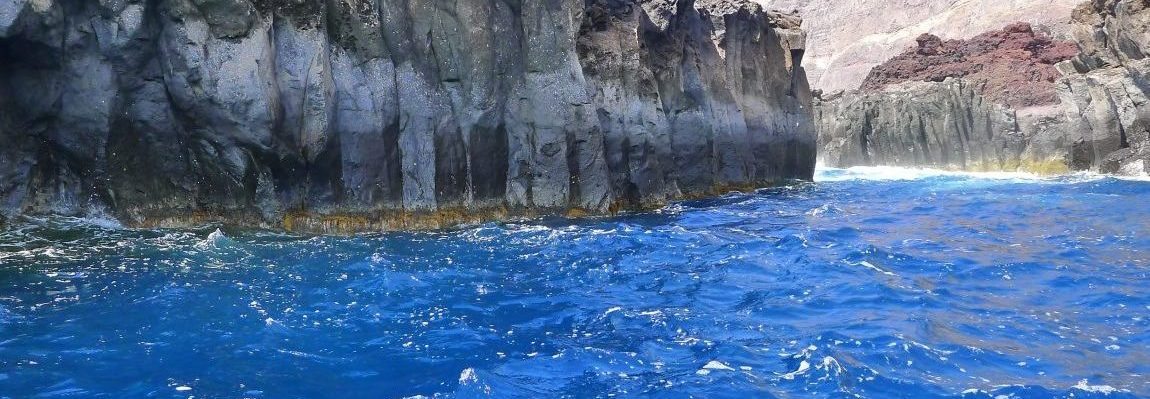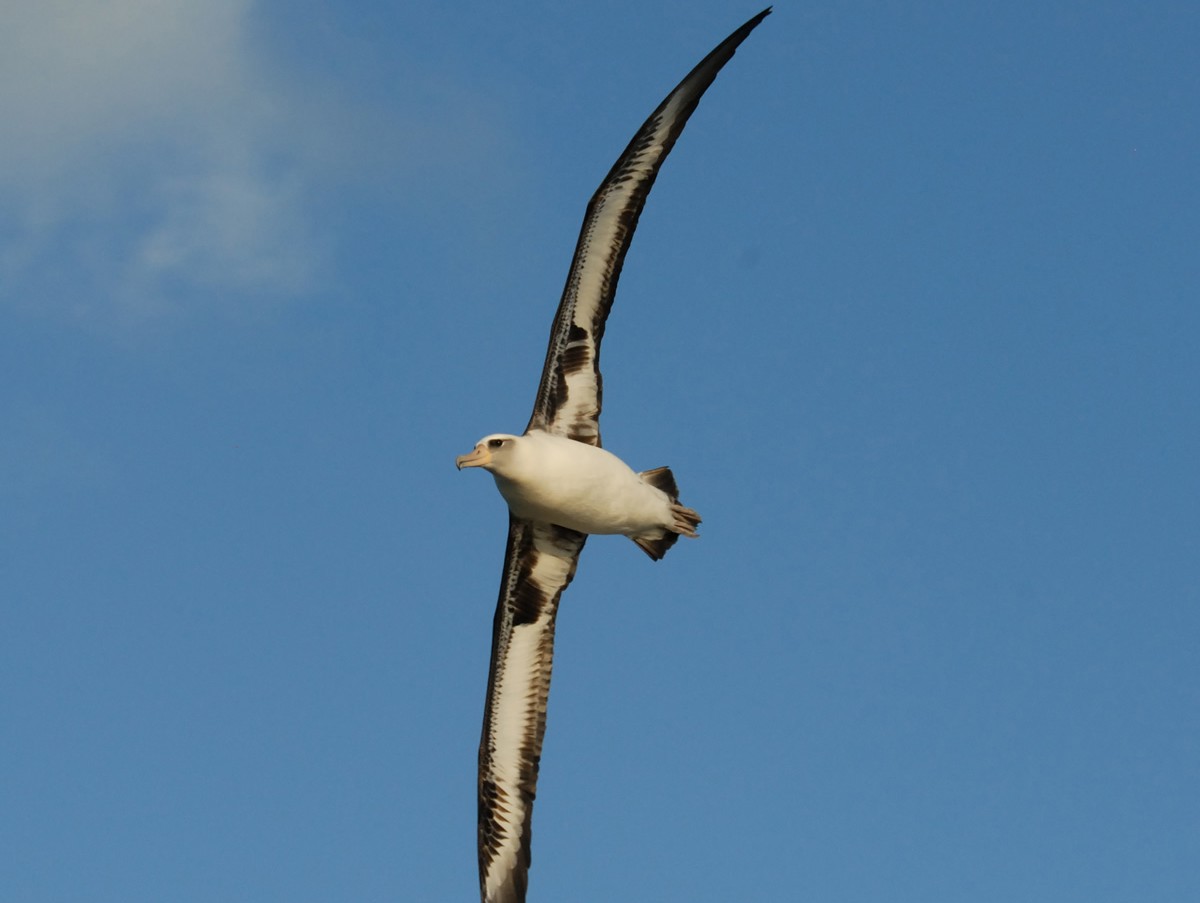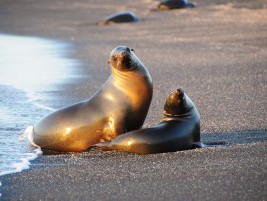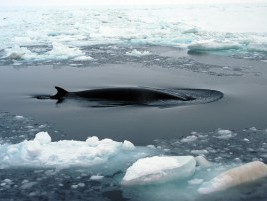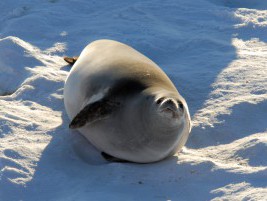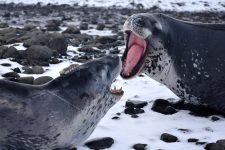Translocations: Science with some Plot Twists
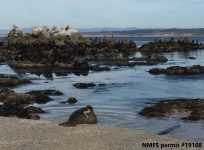
The anticipation I felt was more than I expected—every couple of hours I was logging into the Argos system database to check the latest satellite hits. Where were my seals going? Earlier that day: As a first-year graduate student in The Costa Lab at UC Santa Cruz, I was conducting my first field experiment with juvenile elephant seals (research performed under NMFS permit #19108 and IACUC approval). After finding two healthy juveniles that had not yet started…
